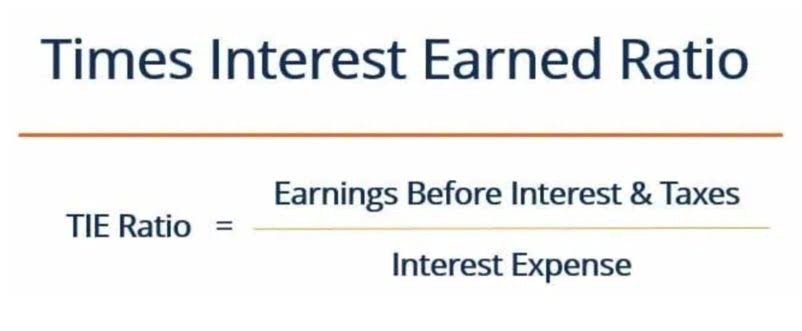
In the last column of the Cash ledger account is the running balance. This shows where the account stands after each transaction, as well as the final balance in the account. How do we know on which side, debit or credit, to input each of these balances? The following are selected journal entries from Printing Plus that affect the Cash account.
Without Journal Entries

Another key element to understanding the general ledger, and the third step in the accounting cycle, is how to calculate balances in ledger accounts. Transaction analysis and journal entries are the first two stages of the accounting cycle. Posting is the transfer of journal entries to a general ledger, which usually contains a separate form for each account. Journals record transactions in chronological order, while ledgers summarize transactions by account. The last and final phase of bookkeeping is the preparation of the post-closing trial balance.
Formatting When Recording Journal Entries
PR is filled with the account number of the respective account found in the ledger. In the ledger, the affected accounts would look like these. Let’s look at one of the journal entries from Printing Plus and fill in the corresponding ledgers. You can see that a journal has columns labeled debit and credit. The debit is on the left side, and the credit is on the right.

The Posting Process

Cash was credited so we posted that on the right side of the account. Shaun Conrad is a Certified Public Accountant and CPA exam expert with a passion for teaching. After almost a decade of experience in public accounting, he created MyAccountingCourse.com to help people learn accounting & finance, pass the CPA exam, and start their career.
Do you already work with a financial advisor?
The posting reference facilitates referencing between the journal and the ledger. Posting refers to the act of transferring information from the journal to the ledger. The second step in the accounting cycle is journalizing, which involves recording all transactions in the general journal. This process has to be done to every single entry in the general journal.
- For the past 52 years, Harold Averkamp (CPA, MBA) has worked as an accounting supervisor, manager, consultant, university instructor, and innovator in teaching accounting online.
- The credit column totals $7,500 (300 + 100 + 3,500 + 3,600).
- It is not taken from previous examples but is intended to stand alone.
- Understanding who buys gift cards, why, and when can be important in business planning.
First, transactions are recorded as general journal entries. It’s the start of journal entry processing and key for strong internal control systems. Let us illustrate how accounting ledgers and the posting process work using the transactions we had in the previous lesson. After journal entries are made, the next step in the accounting cycle is to post the journal entries into the ledger. Posting refers to the process of transferring entries in the journal into the accounts in the ledger.
This is important for accurate financial reporting and compliance with… In the General Journal, when an account has been posted to an individual account, the number assigned to that account is listed in the Post Ref column to indicate that entry has been posted. In the General Ledger, for the corresponding transaction, the page number of the General Journal is entered to signify the page where the posting meaning in accounting transaction can be found. In the ledger, two PR columns are found on each account – one after the particulars column of the debit side and one after that of the credit side. The source journal is placed in this field, e.g., GJ for general journal, SJ for sales journal, CRJ for cash receipts journal, etc. The page number may also be included (for example, GJ1, meaning page 1 of the general journal).

Accountants use special forms called journals to keep track of their business transactions. A journal is the first place information is entered into the accounting system. A journal is often referred to as the book of original entry because it is the place the information originally enters into the system. A journal keeps a historical account of all recordable transactions with which the company has engaged.